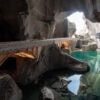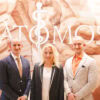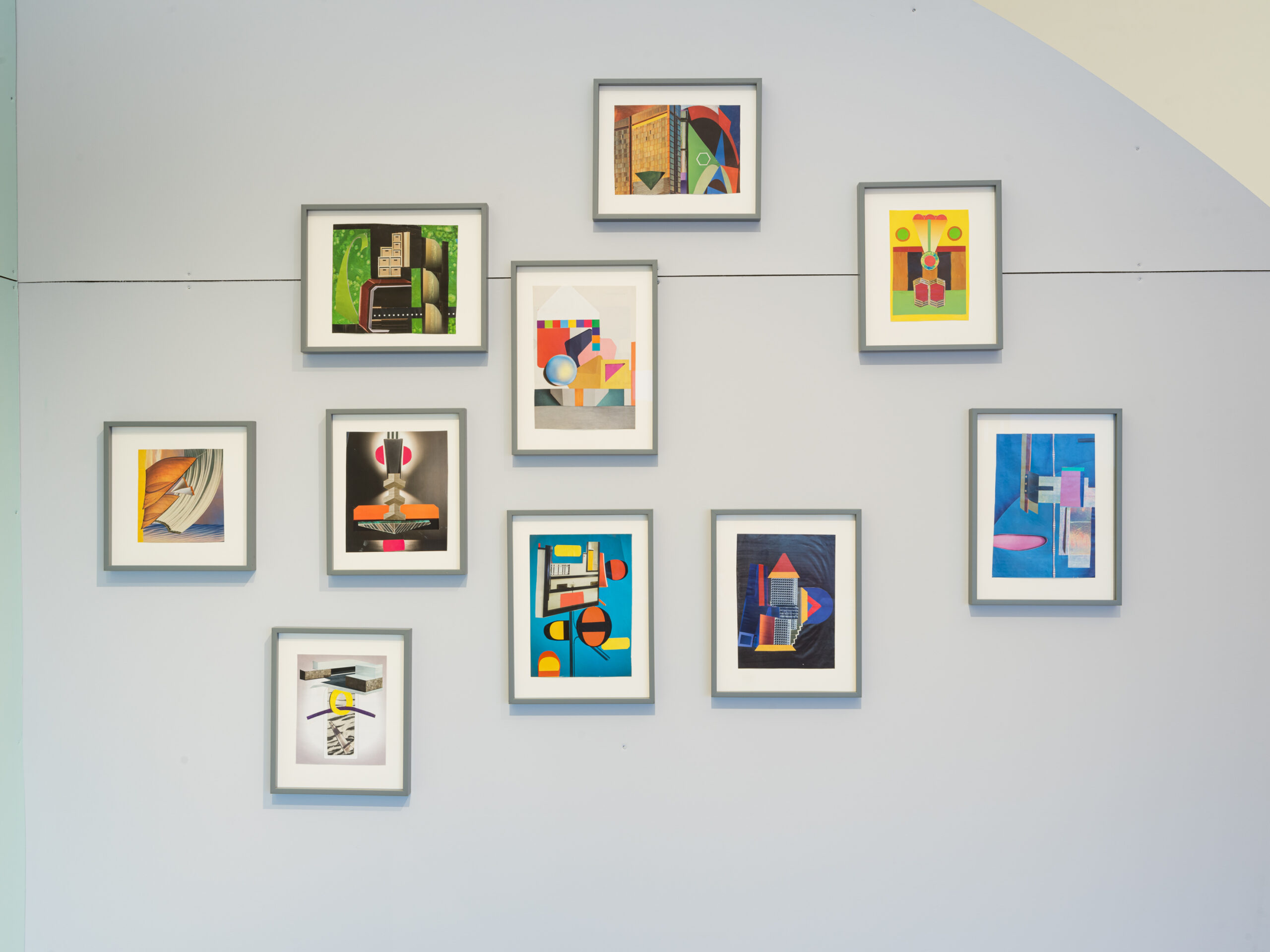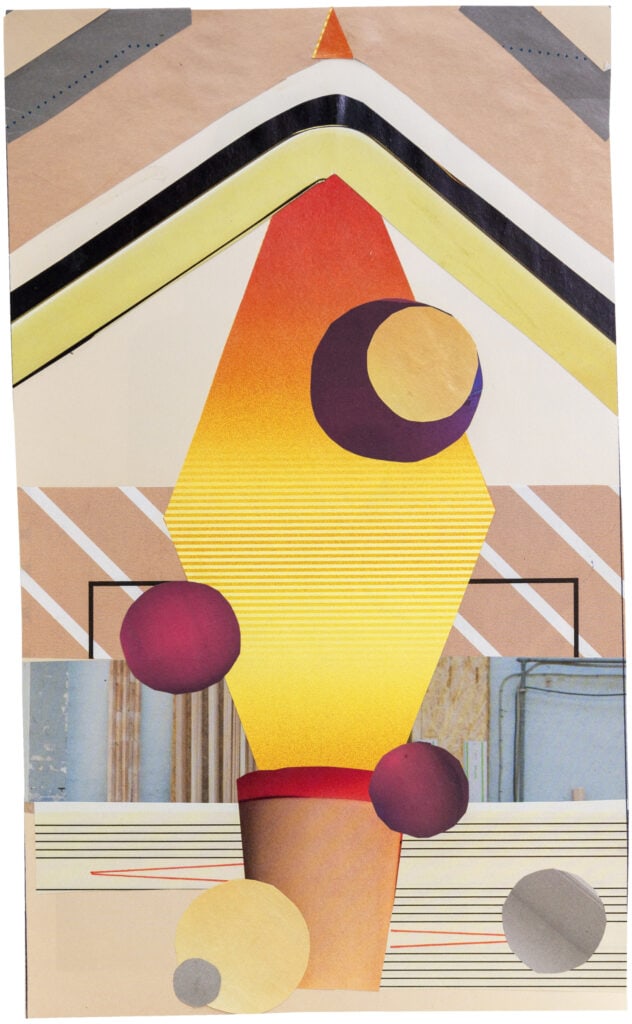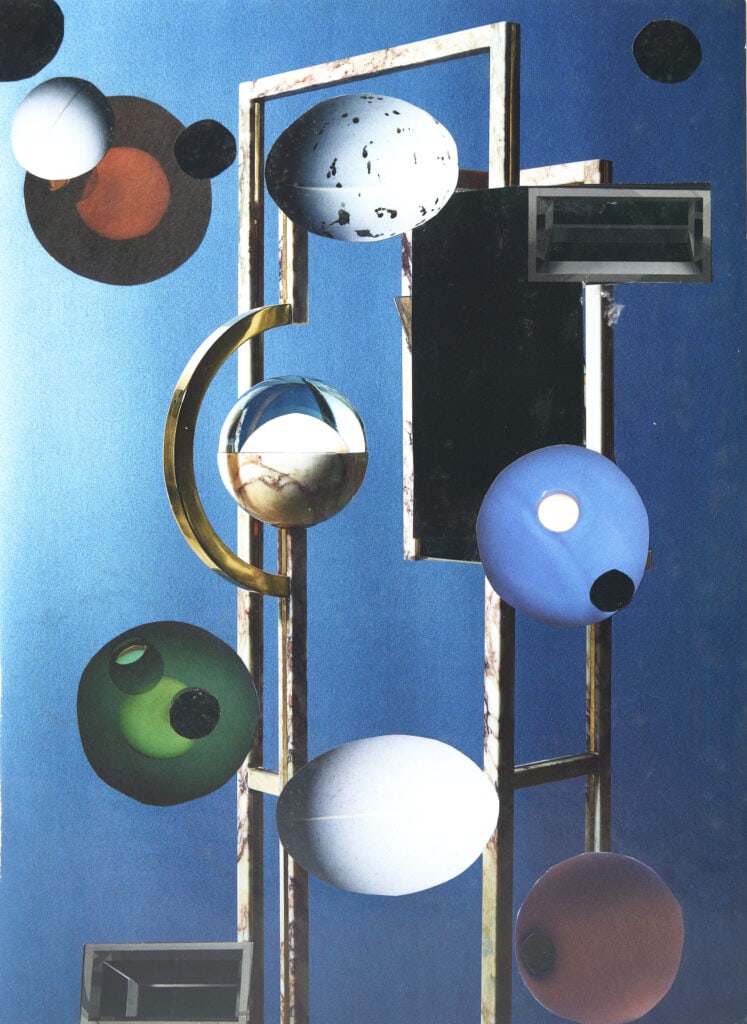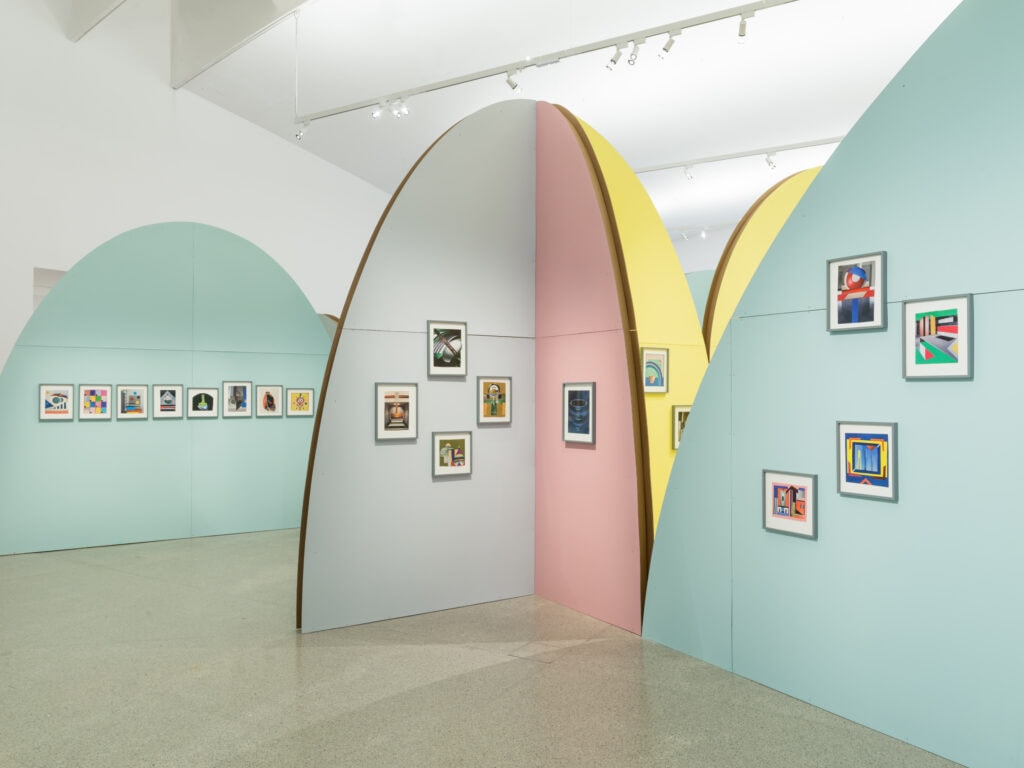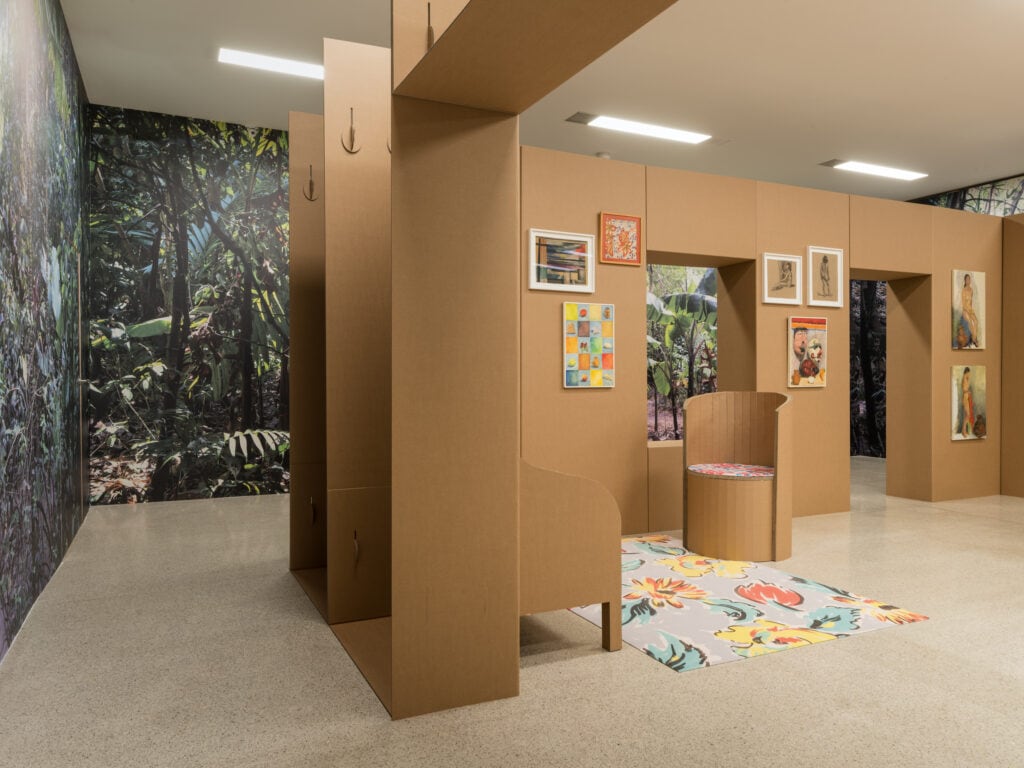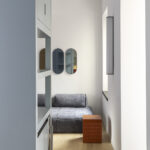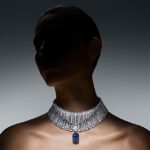Until January 7, 2024, the mumok in Vienna is showing the first comprehensive retrospective of the artist Elisabeth Wild.
The turbulent biography of Elisabeth Wild (née Pollak, * 1922 in Vienna, † 2020 in Panajachel, Guatemala) seems like a reflection of the 20th century: marked by flight and expulsion, national identification and non-identification, her life resembled a constant new beginning. This is reflected not least in her oeuvre, which is extremely diverse in terms of media, encompassing painting, sculpture, and textile designs as well as her far better-known collages and the resulting installations. In 2023, the mumok is now dedicating its first comprehensive retrospective to her, which will focus not only on her late work but also on her unknown early work.
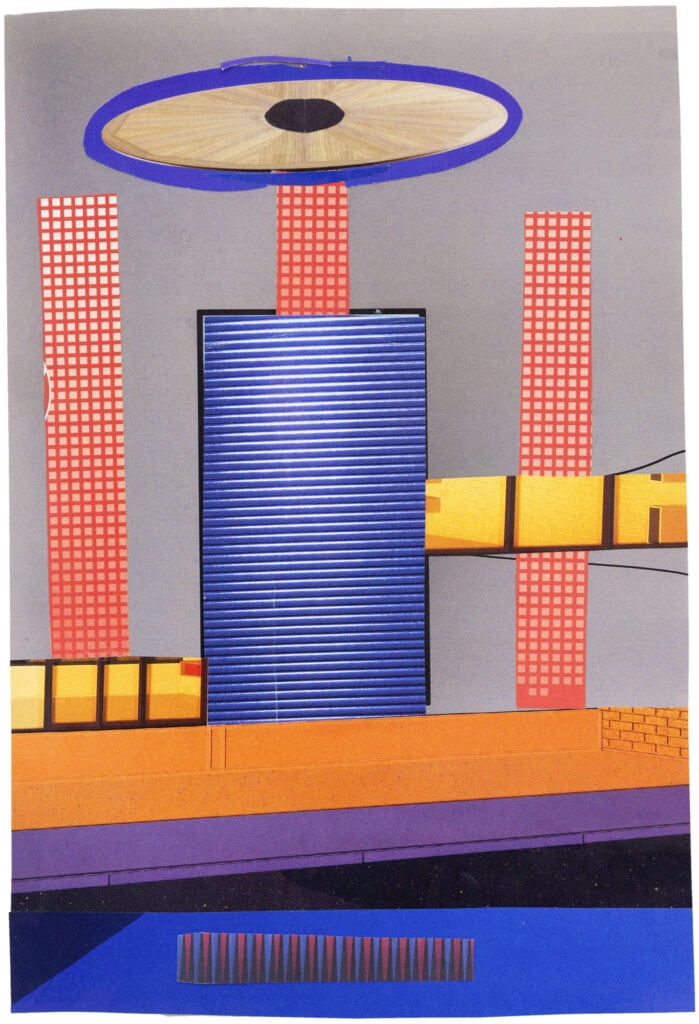
Elisabeth Wild’s story takes its starting point in Vienna. As the child of a Catholic mother and a Jewish father, she was forced to emigrate to Argentina after Austria’s “Anschluss” to the National Socialist regime in 1938, where she made her living as a textile designer and met her future husband, August Wild. Already in 1962, in view of the radical right-wing climate in Buenos Aires, she had to move again – this time to Basel, where she ran an antique store for over three decades. In 1996 she finally moved with her daughter, the artist Vivian Suter, to Guatemala, where she lived and worked until her death in 2020.
Little is known about Wild’s artistic training. She studied painting at the Academia Nacional de Bellas Artes in Buenos Aires. Her traditional training is particularly evident in her early works, as Wild hardly omits any classical genre of painting. Thus, in addition to textile designs and sketches, her estate contains numerous landscape paintings, still lifes, nudes, and portraits of women. Over the years, however, Wild increasingly departed from her figurative practice. Surrealist elements proliferate, the works become smaller, more intimate, more fragmented, more dreamy and fictional in their atmospheric conception. With the dawn of the 21st century, Wild focuses exclusively on the medium of collage. A medial break that finally brings her the long-desired artistic recognition at documenta 14, curated by Adam Szymczyk. Wild is already 95 years old at this point.
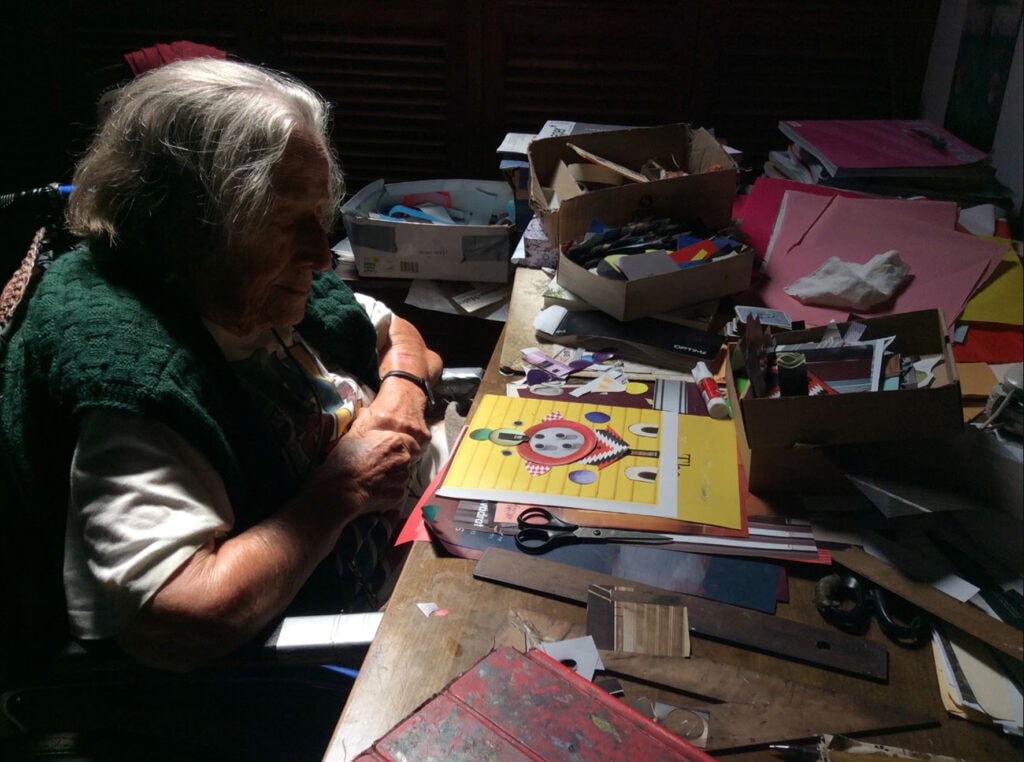
With the presentation of her first major exhibition in Vienna, her story now returns to its starting point. The show focuses on Wild’s artistic development, which resembles a ride through the art history of the 20th and 21st centuries. Early and late works are juxtaposed on two exhibition levels. Although at first glance the two creative periods appear contrary – one might think they did not originate from the same hand – a closer look reveals affinities that reveal the artist’s early interests: Architectural and natural fragments can be found in the late collaged works, as can mask-like features or geometric patterns. The collages thus combine Wild’s early landscape paintings, portraits, and textile patterns in a purely abstract form.
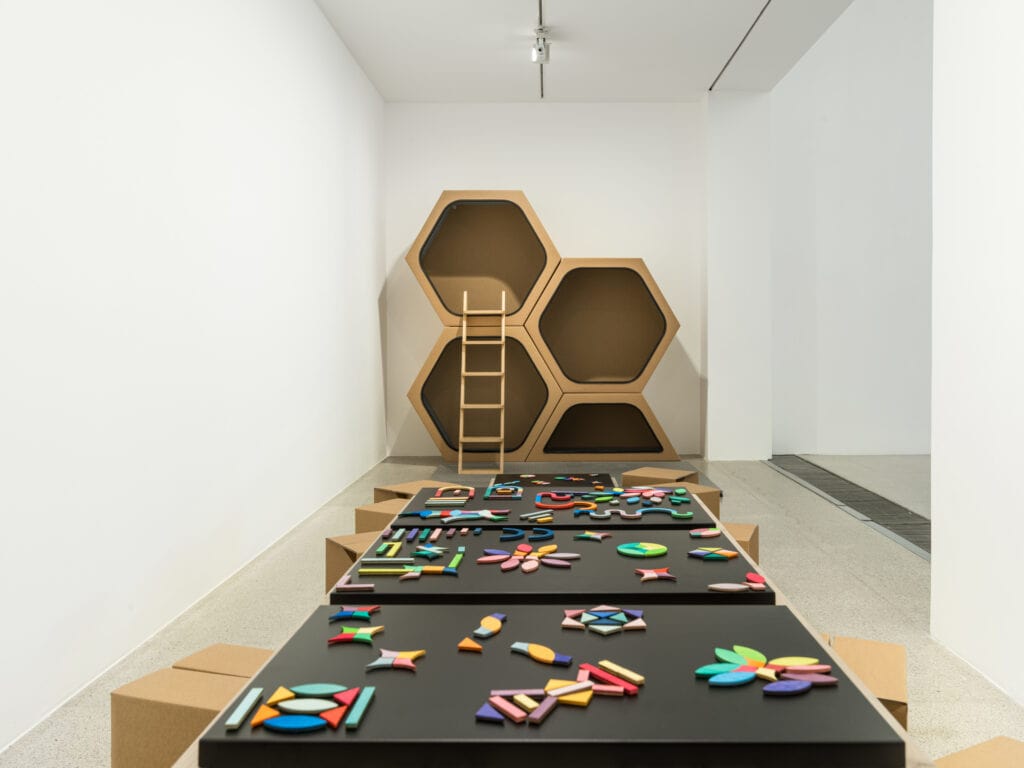
In her collages Elisabeth Wild creates kaleidoscopic worlds, which she herself calls “fantasías”. “Fantasías”. She proceeds like a collector, gathering elements of earthly glamour from popular lifestyle and glossy magazines. Like an antique dealer, she searches for the perfect components and patiently puts them together in the most unusual constellations. The results are color-intensive collages in DIN A4 format, reminiscent of cosmic visions and imaginary dream worlds.
From the early 2000s until her death, she created a collage every day – comparable to a diary entry. If she felt too weak to do so on one day, she would create two on the following day. This procedure also inspired the exhibition title of the show: Elisabeth Wild. Fantasy Factory. The title refers on the one hand to the term “Fantasías” coined by her, and on the other hand to her daily routine, which makes one think of production processes like those in a factory. In this sense, 365 collages are exhibited emblematic of the course of an entire year.
Elisabeth Wild. Fantasiefabrik also bears the artist’s signature in its conception: all the works on display were selected by Wild in collaboration with the curator in Guatemala in early 2020. The exhibition is thus not only Wild’s first comprehensive retrospective, but also her last.
Curated by Marianne Dobner Exhibition architecture: Meyer-Grohbruegge Production of exhibition architecture: papplab GmbH
Exhibition catalog
Elisabeth Wild. Fantasiefabrik
Separate language editions, 288 pages, 24 x 32 cm, hardcover, cloth binding, numerous color and full-page illustrations of Wild’s collages in original size Edited by Marianne Dobner, mumok
Texts by Marianne Dobner, Manuela Ammer, Hendrik Folkerts, Adam Szymczyk, conversation between Jeanette Pacher and Vivian Suter
Verlag der Buchhandlung Walther und Franz König
ISBN 978-3-7533-0451-9
ISBN 978-3-903446-07-6 (mumok)
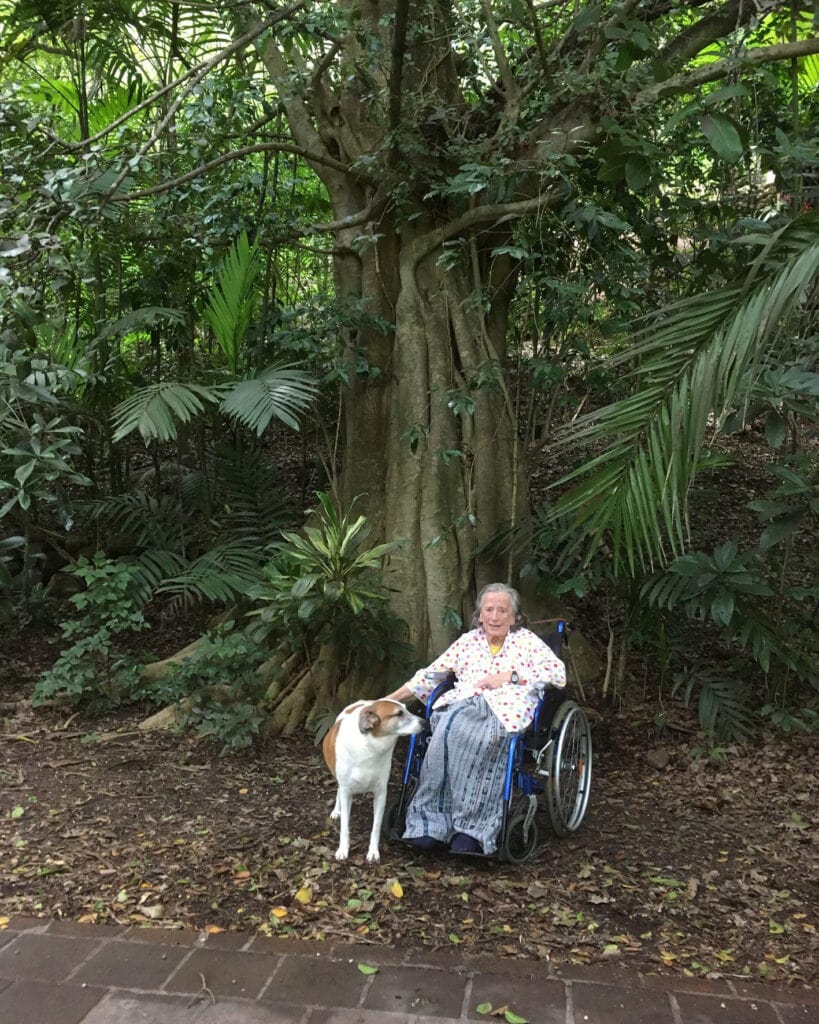
Photocredits: Estate of Elisabeth Wild


